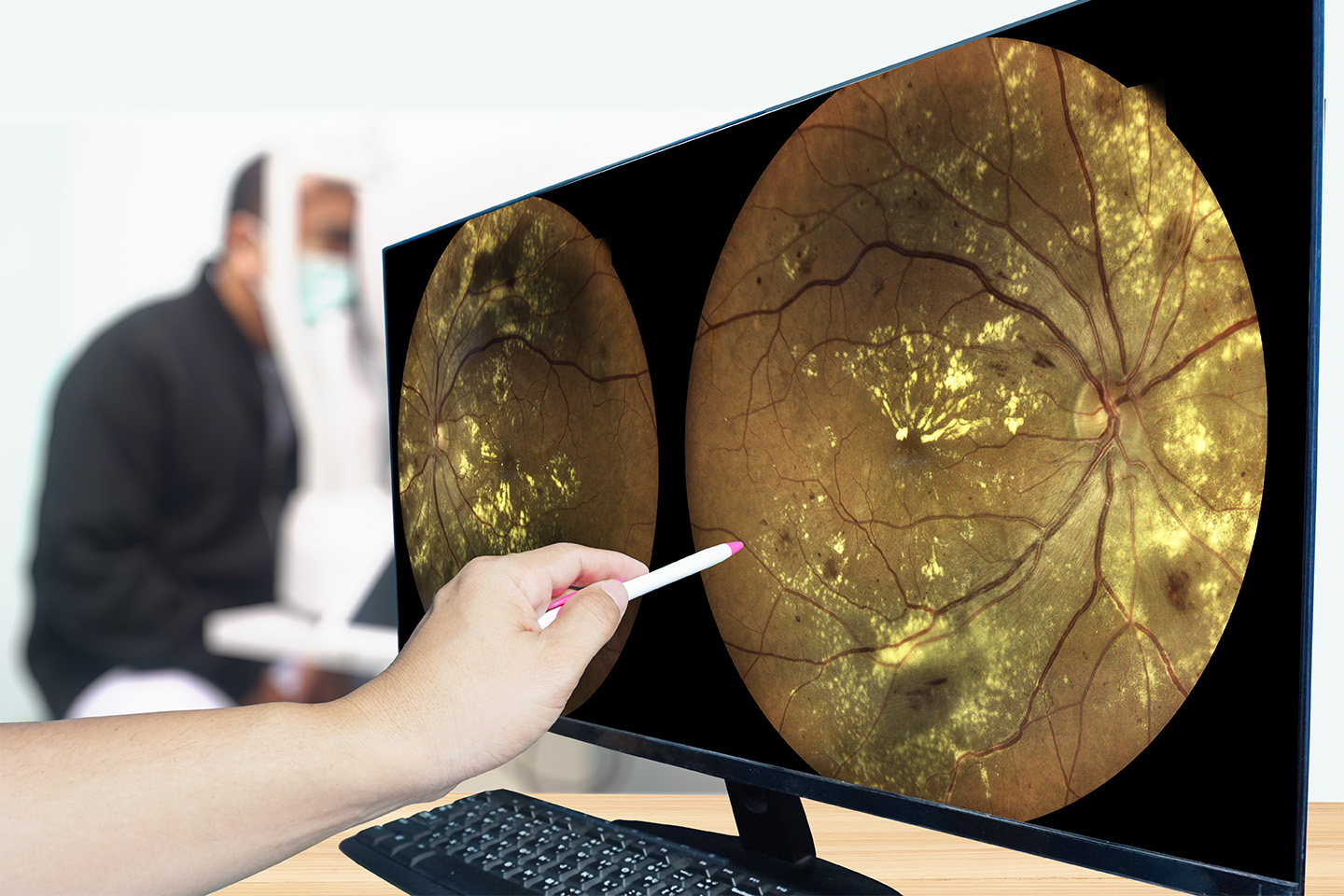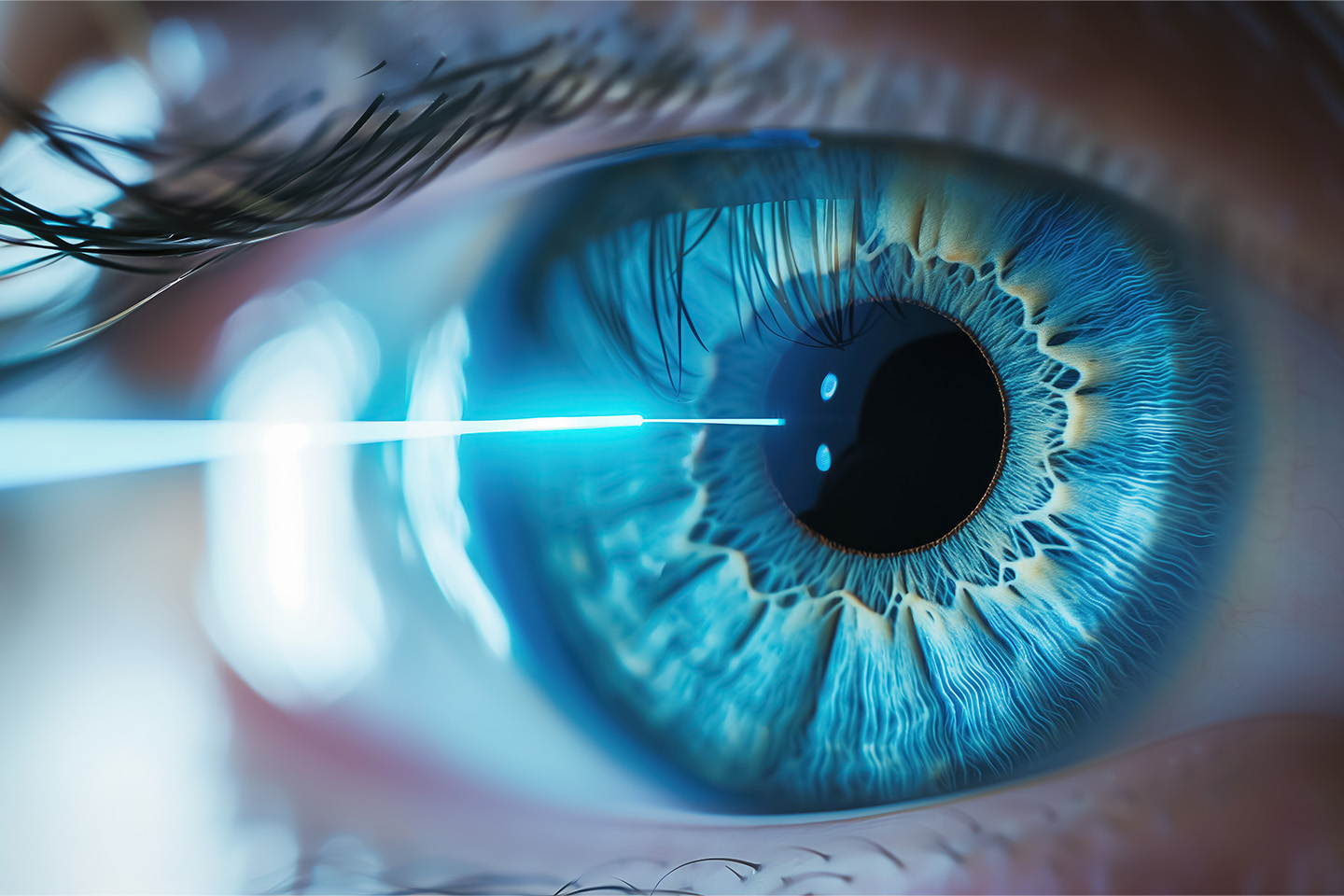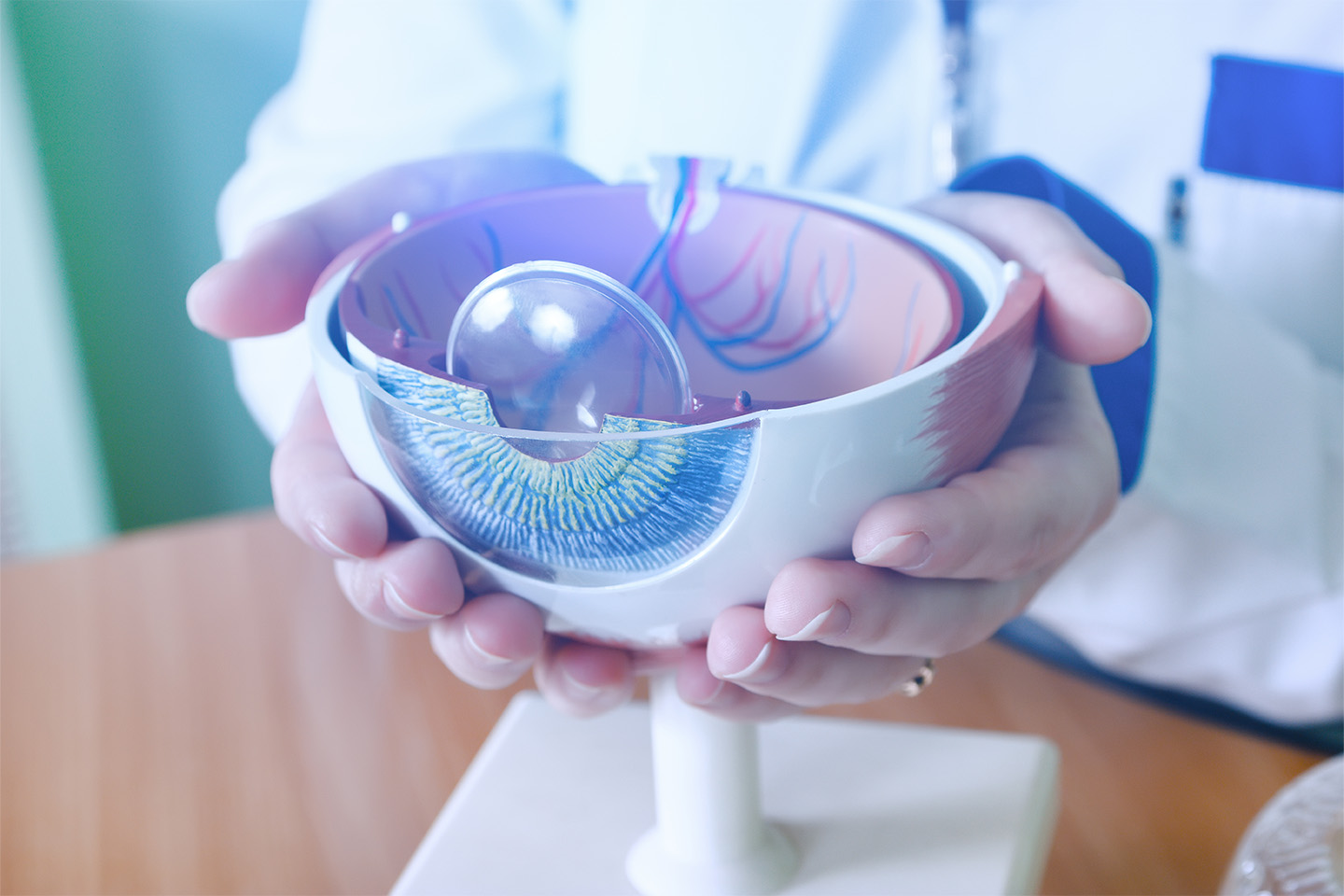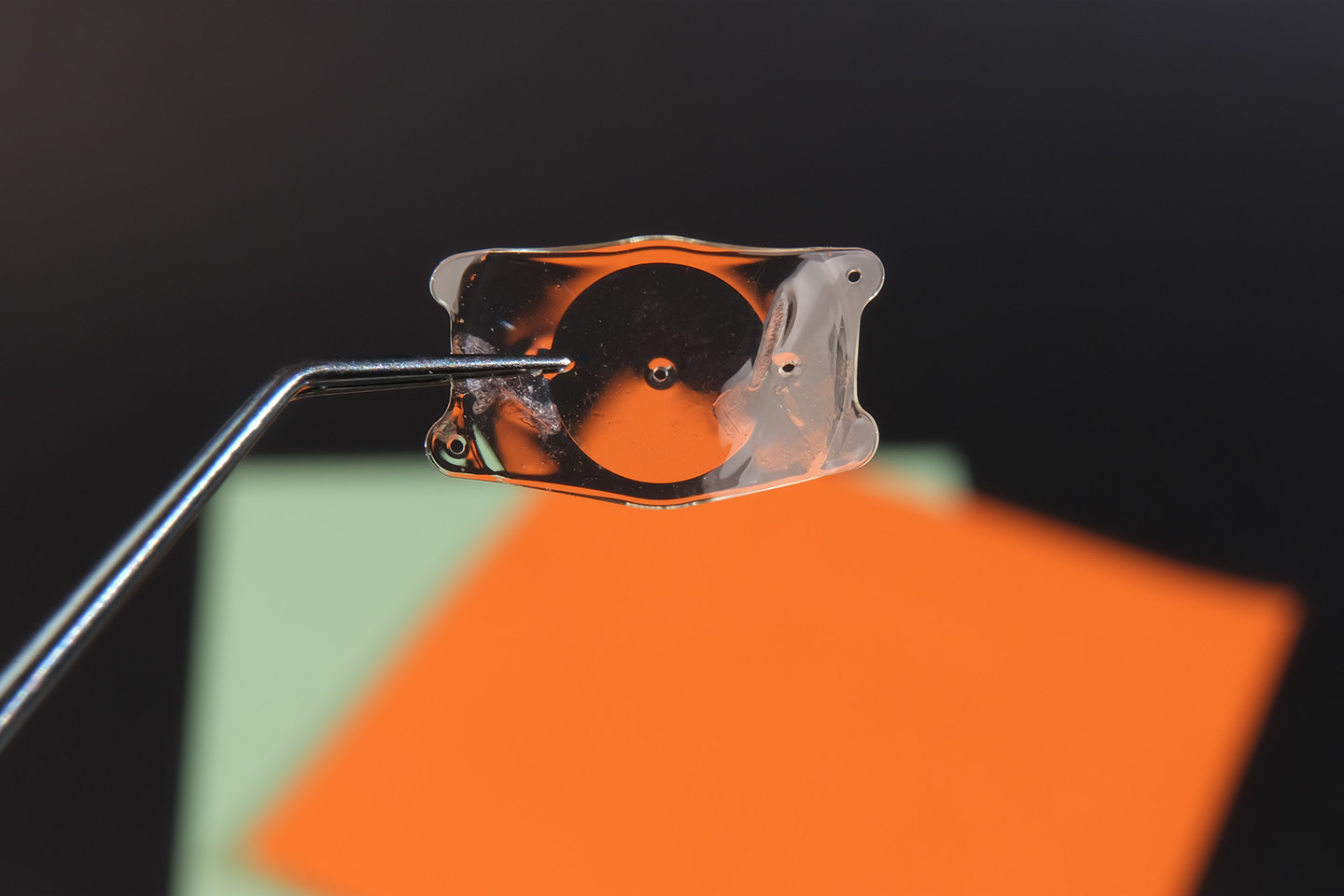Cataracts vs. Glaucoma: Which One Is Worse?
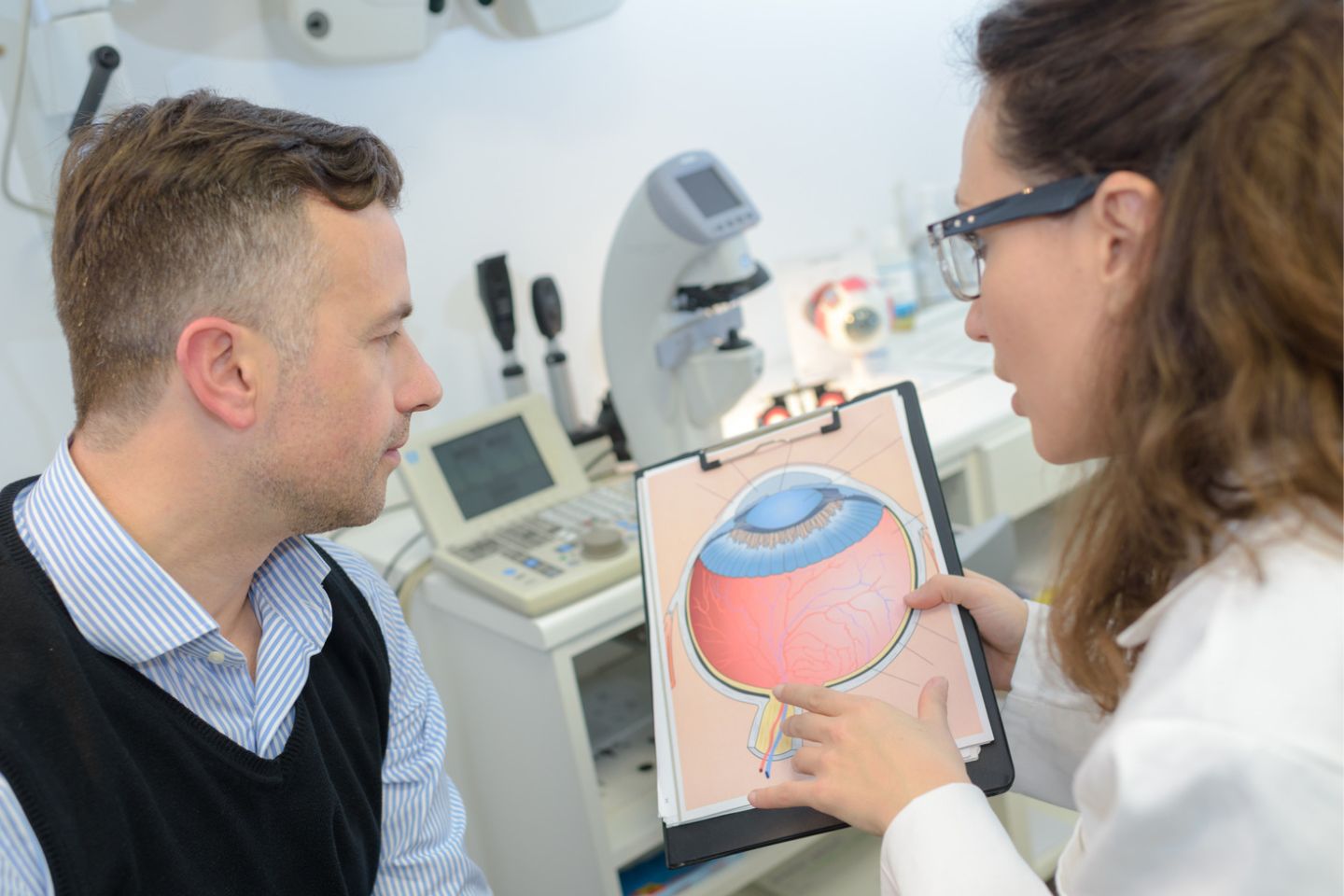
Cataracts and glaucoma are both conditions that can impair vision and lead to blindness. Symptoms for both often initially progress slowly, but ultimately treatment will be needed to help protect your sight. Significant differences, though, lend to one condition being deemed worse than the other.
What Are Cataracts?
Cataracts are very common, with more than 24.4 million Americans aged 40 and older having the condition. Cataracts affect the lens of the eye. The lens is a flexible inner part of the eye that works to bend and focus light on the retina to create a sharp image. In healthy eyes, the lens is clear. Cataracts occur when the proteins in the lens begin to break down and group together, clouding the lens. This cloudiness can cause blurry, veiled, or less colorful vision. You may also experience increased sensitivity to light, a halo effect around light fixtures or difficulty seeing at night. Over time, cataracts can cause vision loss.
Cataracts mostly occur naturally with age, although they can also develop due to injury. Other factors can also increase the risk of developing cataracts, including family history, diabetes, smoking, and excessive exposure to the sun without proper eye protection. Your eye care doctor can diagnose cataracts using tests like a visual acuity test, slit-lamp examination or retinal exam.
Correcting Cataracts with Cataract Surgery
Cataracts can be managed in early stages by using brighter lights, wearing anti-glare sunglasses, or getting a new contact lens or glasses prescription. However, they can only truly be corrected with cataract surgery. Millions of cataract surgeries are performed each year, with a high rate of success. Our expert team of surgeons at ICON Eyecare are proud to use advanced technology for the highest quality, customizable treatment possible.
There are several types of surgery, and all options involve the removal of the eye’s natural lens and replacing it with an artificial one called an intraocular lens (IOL), which is made of plastic, acrylic, or silicon. Surgical options include:
- Small incision cataract surgery (SICS) uses a process called phacoemulsification and is the most common procedure performed of the various types. A small incision is made into the cornea, then a probe is inserted to break up the affected lens using ultrasound waves. The small pieces are safely removed and a new artificial lens is placed with the original lens capsule, or the thin natural outer membrane that normally covers the lens. There are typically no sutures required in this outpatient surgery.
- Extracapsular surgery may be an option when phacoemulsification is not appropriate for the type of cataract. This process uses a larger incision in the cornea to replace the lens and may require a longer recovery time.
There are also several kinds of IOLs. Your eye surgeon can recommend the one that is right for you based on your condition and optimal vision correction needs.
What Is Glaucoma?
Glaucoma is a group of eye conditions that damage the optic nerve due to increased pressure within the eye, called intraocular pressure (IOP). Approximately 3 million Americans have glaucoma, and half are unaware they have the condition. There are different types of glaucoma; open-angle glaucoma is the most common in the U.S.
Glaucoma is very slow to progress and may not initially show symptoms. It ultimately can cause vision loss and blindness, typically beginning with peripheral (or side) vision, without treatment. It’s most common in individuals over the age of 60. Factors other than age that can increase the risk of glaucoma include family history; thin corneas; long-term use of corticosteroids; or certain medical conditions, like hypertension, heart disease, or diabetes.
A comprehensive dilated eye exam is the only way to diagnose glaucoma.
Treating Glaucoma
There is no cure for glaucoma, but early intervention can slow or stop progression and prevent blindness. Treatment options can vary based on the type of glaucoma and its stage of progression. For many patients, daily medicated eye drops work to lower the pressure and prevent damage to the nerve. Other patients may require laser treatment or surgery. ICON Eyecare’s specialists provide industry-leading care using the latest, advanced technology and techniques. Our treatment options include:
- Laser peripheral iridotomy (LPI), a laser treatment for narrow angles, narrow angle glaucoma and acute angle closure glaucoma, is used to widen the narrow angles between the iris and cornea to increase fluid flow to help the eye regulate IOP.
- iStent® trabecular micro-bypass may be an option for you if you’ve been managing your glaucoma symptoms with medication and also require surgery. iStent is a tiny implant that helps manage IOP and reduce or eliminate the need for hypotensive eye drops.
- Selective laser trabeculoplasty (SLT) is a laser-enabled procedure to treat IOP caused by open-angle glaucoma. The procedure may be performed multiple times if needed, as successful treatment lasts between one and five years.
- Cyclophotocoagulation (CPC, or ECP if performed endoscopically) is most often used when medication and other surgical options do not lower IOP as much as needed. This alternative treatment may be used in cases that are often considered refractory, or resistant to treatment.
Glaucoma vs. Cataracts: The Determination
So, which is worse: cataracts or glaucoma? While both can lead to blindness, the fact that there is no cure for glaucoma makes it the worse of the two conditions. Vision loss from glaucoma is irreversible, whereas vision loss from cataracts can be corrected with the replacement of the cloudy lens.
If you’re experiencing either or both of these conditions, the expert team at ICON Eyecare is ready to help you learn more about your options and determine a treatment plan that’s right for you. Request your consultation or appointment today.
[DISPLAY_ULTIMATE_SOCIAL_ICONS]

